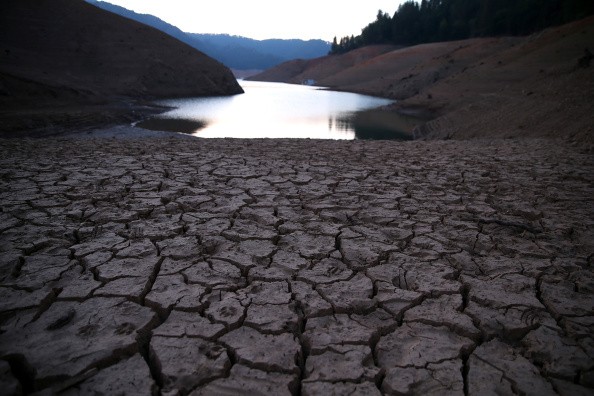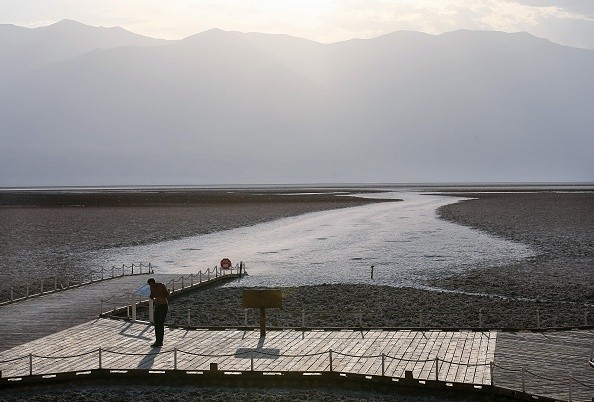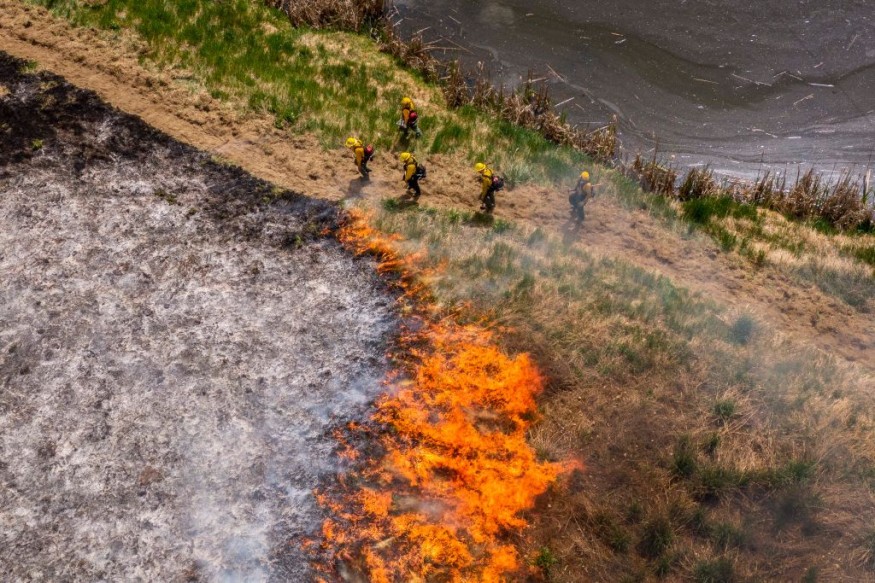The US West is experiencing a heat wave that is shattering hundreds of temperature records at the same time, worsening a historic drought and preparing the environment for summer and fall of severe wildfire.

Record Breaking Temperature

Salt Lake City set a new high temperature of 107 degrees Fahrenheit (42 degrees Celsius). At the same time, power system managers in Texas and California urge citizens to save energy to avoid rolling blackouts and disruptions. And this is all before we even get to the hottest portion of the summer.
Scientists who research droughts and climate change are among the 40 million Americans who are experiencing triple-digit heat. They'd been warned about this catastrophe for a long time, and now they're living it. The Guardian talked with researchers from around the western world about how they're dealing with the situation.
Drought in the US

Drought is prevalent in the United States, as it is in other parts of the world. Drought is induced by below-average precipitation, produced by an above-average persistence of high pressure over the affected area. Extratropical cyclone track changes, which may happen during climatic cycles like the El Nio-Southern Oscillation, or ENSO, and the North Atlantic Oscillation, Pacific Decadal Oscillation, and Atlantic multidecadal oscillation, modify which areas are more prone to drought. In addition, drought frequency and severity are projected to increase as a result of global warming.
Since around the year 2000, the country's contiguous western and notably southern regions have been experiencing significant drought.
According to Daniel Swain, a climate scientist, "This drought is a terrible situation. We see record high temperatures on the eastern side of the Rockies in Boulder. This is true in other regions of the state, as well as in other countries. We also see smoke plumes, but they're coming from Arizona and Utah, not from local fires. I believe it is traumatic for many individuals. The fires we've seen in the previous couple of years have been horrific, and it appears like we're on the same path this year. It reminds me of something I've seen before."
Climate Change

Kathleen Johnson, a paleoclimatologist, claims that "The more we witness these severe occurrences stacked on top of each other, not only in the Western United States but throughout the world, the more I believe climate change is becoming unavoidable. And it's both overpowering and depressing. We will have less water, more wildfires, and more intense heat waves. It is, however, motivating. Therefore, we must continue to press for immediate climate action."
Megadrought

The megadrought isn't surprising from the standpoint of a meteorologist. These dry, hot spells are becoming drier and hotter as the climate warms. We don't have much moisture in the soil since we're in a drought. And without that moisture, the sun warms the earth and air much more quickly. So, in the southwest, the earth is actually scorching like a hotplate. And we're on top of it.
For more climate and weather updates, don't forget to follow Nature World News!
© 2025 NatureWorldNews.com All rights reserved. Do not reproduce without permission.





